A chilly venue, but a hot gig on July 24, 1982 when the iconic punks appeared at Inverness Ice Centre.
The Clash had emerged as the more stylish face of punk in 1976 and would become the movement’s most iconic stalwarts for the next decade.
Their Inverness gig was sandwiched between Edinburgh and Leeds as part of their UK tour.
1982 would be the touring pinnacle for the band, with 121 gigs from North America to Japan, Hong Kong and Thailand.
Clash gig marked change of era
Perth man Chris Ferguson, an avid Clash fan, now works as a journalist with the P&J, but in 1982 he was based in Inverness and employed at HiFab’s yard in Nigg, working on the foundations of an innovative floating oil platform.
With Britain emerging victorious from the Falklands War, and light in the tunnel after years of recession and employment, it felt like The Clash’s gig marked the changing of eras, Chris recalls.
“The Clash themselves had evolved. The raw sounds of their earlier work seemed to belong in political strife of the late 1970s.
“A new style, more varied, had emerged as the 1980s began with the Sandinista triple album.
“More change was to come in 1982. When Combat Rock, on which the 1982 tour was built, was released.
“It was a long, long way from The Clash of old. Two tracks, Should I Stay Or Should I Go, and Rock The Casbah became chart hits and it felt the rebels had been tamed.”
But for the moment, Chris was revelling in the great sense of optimism in Inverness.
The Kessock Bridge was newly opened, replacing the ferries needed to travel to the Black Isle and to Nigg.
“There was a great energy about Inverness at the time, which was only reinforced by a visit by one of the world’s top bands.
“I recall a couple of the Scottish dates had been postponed because of rows in the band but Inverness went ahead in July. ”
Groovy times at Inverness Ice Centre
Chris found the ice rink busy, but not packed.
He remembers enjoying the gig, but with reservations.
“Don’t ask me to recite the playlist. I can’t but I do remember feeling disappointed that newer material was squeezing out what I considered the more energetic earlier material.”
In fact no-one seems to be able to remember the set list, but other fans wrote online: “Combat Rock and Sandinista songs, seemed to play the lot, seemed to go on for hours.”
It would have been close to their previous night’s gig, which included London Calling, Clash City Rockers, The Magnificent Seven and Car Jamming.
Chris said he bought a tee shirt, remained a fan of The Clash and went to see them in Edinburgh a couple of years later.
“But something had changed and the band had started to have a pre-packed feel.
Of course, divisions within The Clash deepened and although they staggered on for another four years, the magic had faded.”
The band broke up a few weeks after their final album, Cut the Crap, was released in 1985, with a new lineup.
In January 2003, shortly after the death of Joe Strummer, the band — including original drummer Terry Chimes — was inducted into the Rock and Roll Hall of Fame.
In 2004, Rolling Stone ranked The Clash number 28 on its list of the “100 Greatest Artists of All Time”.
You might also enjoy:
GALLERY: Were you at Duran Duran’s gig in Inverness?
Duran Duran brought Rio to Aberdeen 40 years ago and left fans swooning for more
The Ironworks: Celebrating the iconic music venue in Inverness
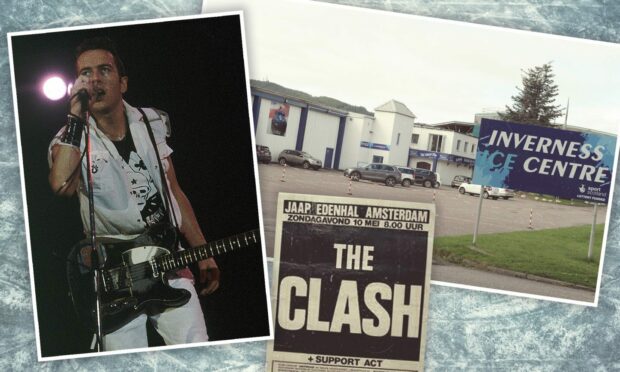
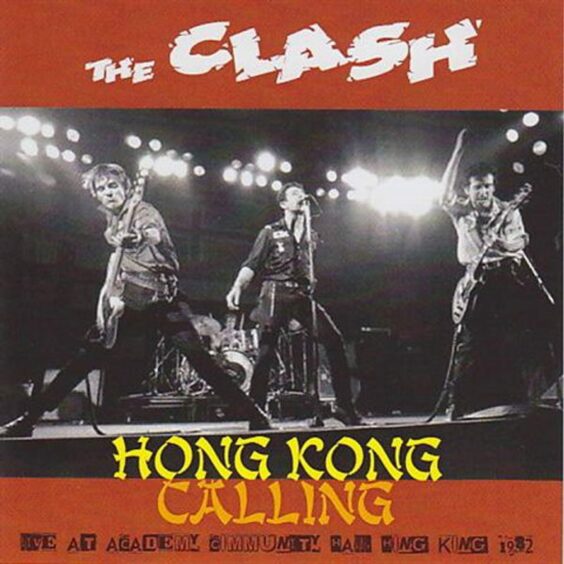
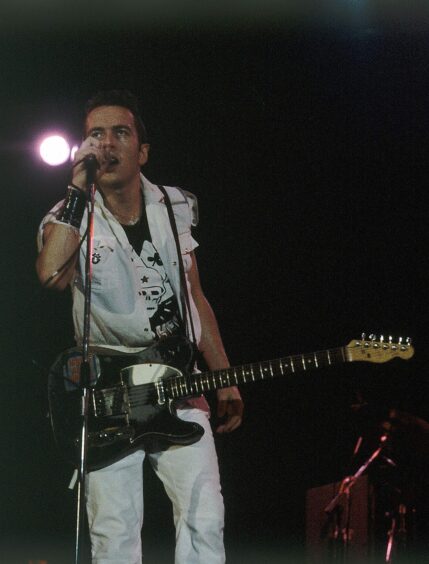
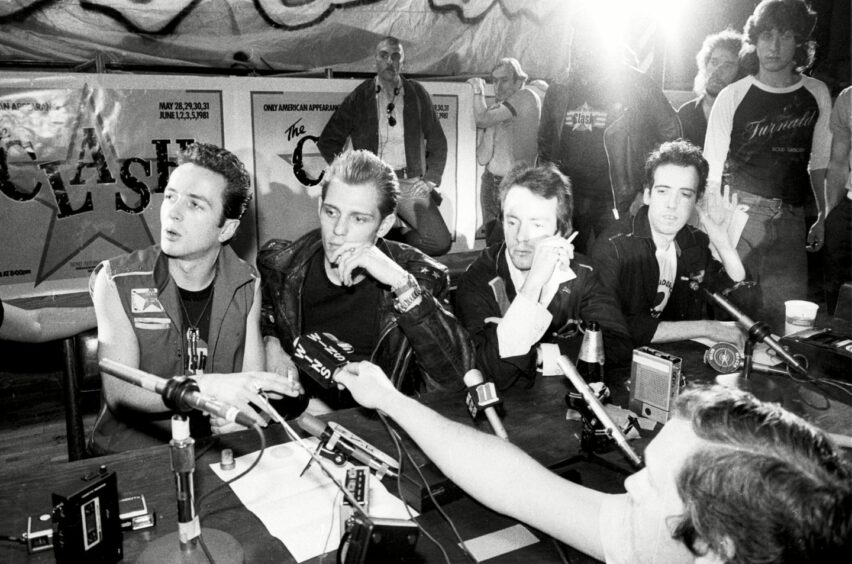
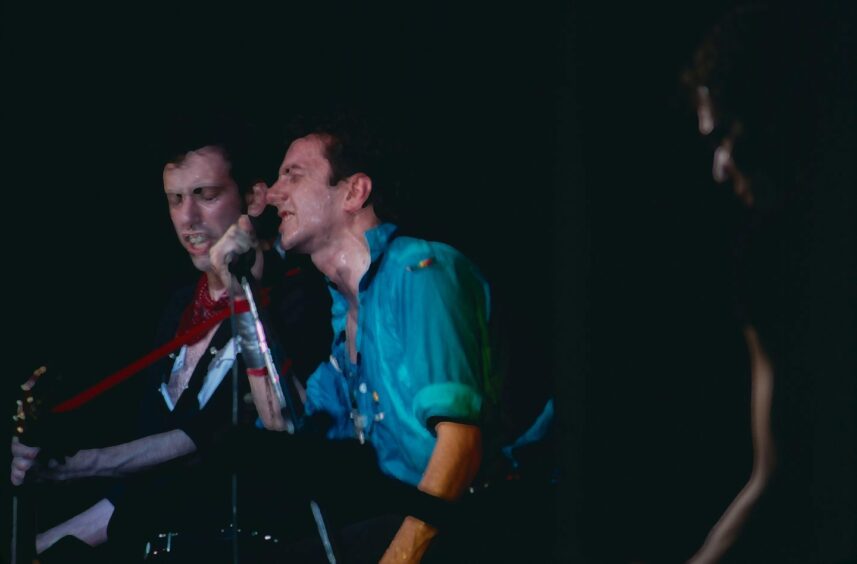
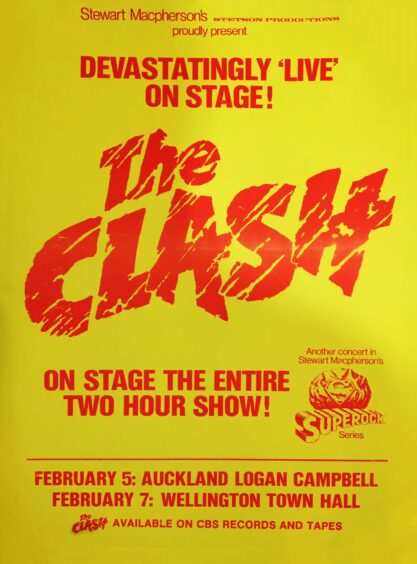
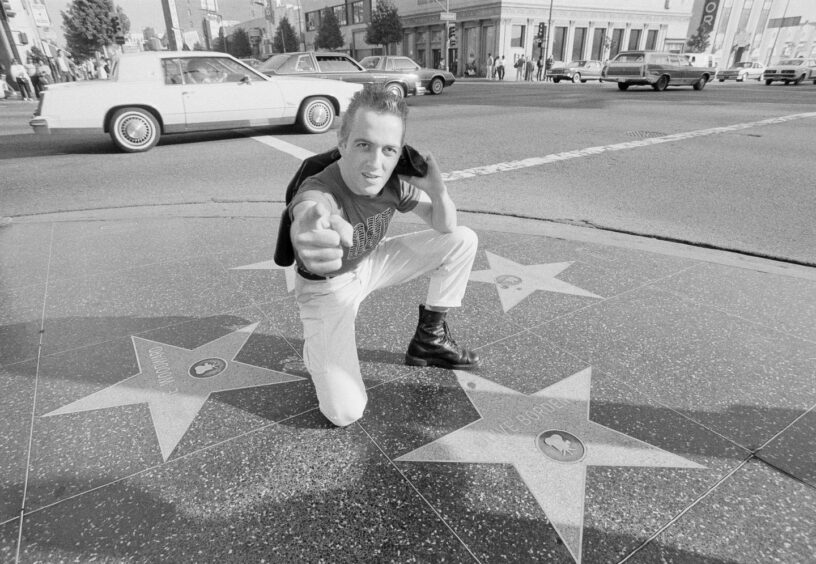
Conversation